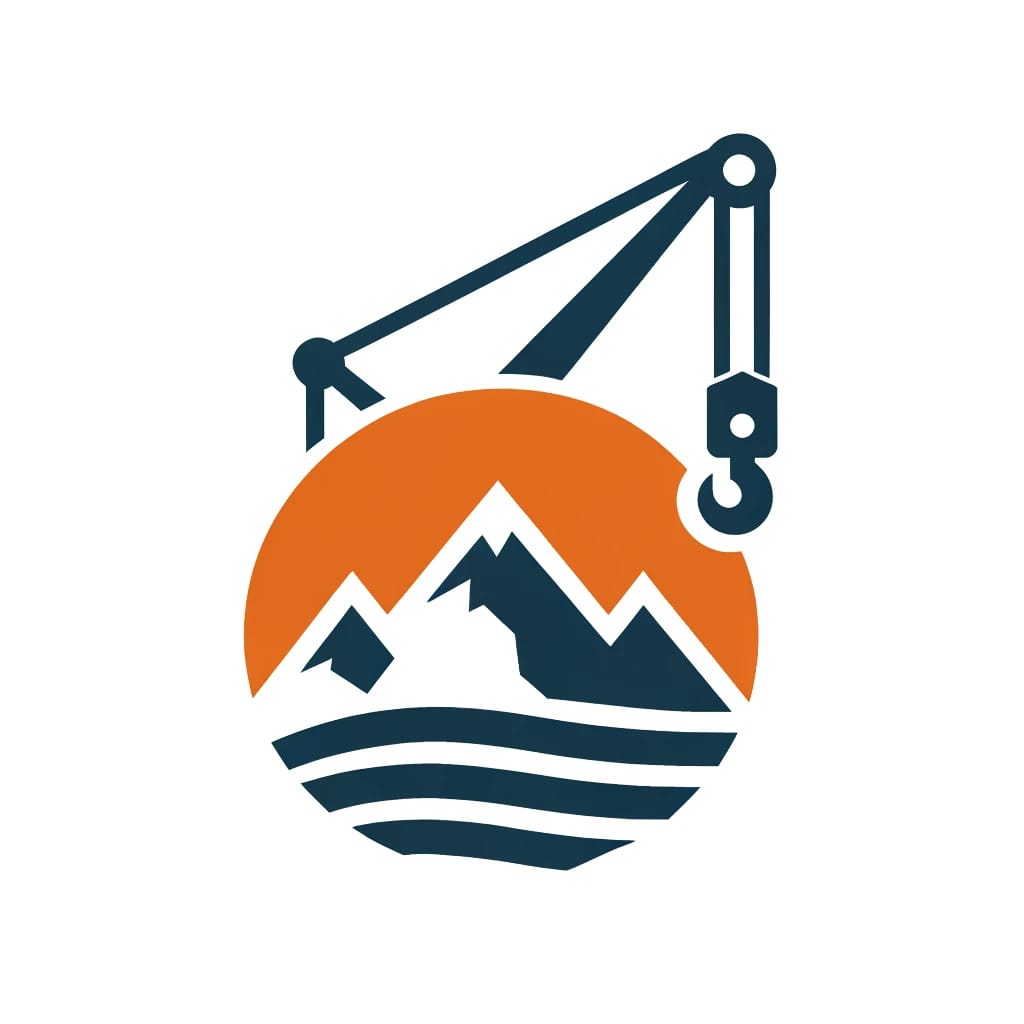Title Page
-
Site Address
-
Date
-
Company
-
General Contractor
-
Operator Name
-
Crane Make
-
Crane Model
-
Crane Tonnage
-
Crane SN
Is the operator certified in B.C.
-
Crane operator is B.C. certified (ITA BC, CraneSafe, BC Equivalency). G14.34.1
-
Employer can confirm operator is qualified and trained to operate crane. G14.34
-
Operator certification current and correct for crane size and type. CraneSafe Level B certified trainee has indirect and direct supervision. BCACS Website.
Is the annual crane inspection current?
-
Current annual inspection documents available for review, confirming P.Eng. has inspected and certified all critical components (structural, mechanical, controls) as safe for use. G14.71
Is the combination crane (boom truck) stability tested.
-
Certified stability test document is available for review. Test document states unit (crane and carrier) has been tested to ANSI J765, Crane Load Stability Test Code. Document confirms crane is safe to operate in all positions (360) using manufacturer's supplied load chart; or crane has reduced capacity in some positions and certified Custom Load Chart is provided to confirm actual allowable crane loads. G4.8
Is the manufacturer's manual in the crane or at the workplace?
-
Manufacturer's manual must be in machine or at the worksite for review and reference.
Is the daily crane pre-use inspection completed and documented?
-
Pre-shift inspection documented in maintenance log book. Inspection includes machine components referenced in manufacturer's manual or standard.
-
Log book has entries for all inspections, testing, modification, repair, and maintenance.
Can the crane be set up with the outriggers fully extended and set on cribbing?
-
Crane outriggers extended and set as per manufacturer's load chart or custom load chart.
-
Crane outrigger beams marked to indicate correct extension is achieved.
-
Crane outrigger float pads set on appropriate cribbing for soil or base (minimum 3:1 cribbing under float).
-
Crane outriggers or track frames minimum 1:1 distance away from slope or excavation depth.
-
Crane support surface adequate or certified to support machine and load safely.
-
Crane set up with turntable level.
Is the lift planned with site-specific circumstances evaluated?
-
Critical lift procedure in place for tandem lift, crane-supported work platform, lift over and between high-voltage power lines, lifting a submerged load, load centre of gravity changing, or 90% of crane capacity @50% crane boom radius.
-
People on-site not involved in crane operations are aware of lift hazards and are safe.
-
Is crane load or machine slewing a hazard? Will loads be passed over people?
-
Operator has full control of crane and not engaged in other duties.
-
Operator knows weight of load being lifted.
-
Traffic control in place, if required.
-
High-voltage power lines -- form 30m33 is available and minimum limits of approach procedure is developed, reviewed, and followed.
-
Crane and equipment overlapping procedure in place for crane-crane, crane-tower crane, or crane-pump truck.
-
Qualified signal person has clear view of lift areas that operator cannot see.
Safety Devices (Operator Aids)
-
Lift crane (not duty-cycle crane) with capacity of 11 tons ore more has load cell or manufactured system that doesn't allow crane to lift beyond rated capacity.
-
Lift crane (not duty-cycle crane) has anti-two-blocking device.
-
Telescopic boom or lattice boom crane has boom angle indicator (mechanical or electric).
-
Crane has a horn (audible warning device).
-
Fire extinguisher in crane cab (minimum rating 10 B.C.).
Maintenance, Inspection, and Repair
-
Crane mechanical deficiencies noted in log book. Crane inspected frequently enough to ensure components capable of carrying out original design functions (as referenced in operator's manual and standard). G14.13
-
Crane maintenance and repair done by or under direct supervision of qualified person.
-
Crane structural and load-bearing repairs certified.
-
Crane hoist lines inspected for broken wires, crushing, and correct drum spooling.
-
Crane outrigger float pads secured to outrigger jacks.
-
Crane controls clearly marked for their function.
Crane lift capacity analysis.
-
Load description.
-
Load weight.
-
Crane Block and Ball Weight
-
Load Rigging Weight
-
Gross Load Weight (sum of block/ball, load, and rigging)
-
Crane Information
-
Crane Boom Length
-
Counterweight
-
Placement Radius
-
Gross Capacity At Radius
-
Deductions weight (jib, excess line, aux sheave, ball)
-
Crane net capacity (Gross capacity - Deductions)
-
Percentage of Crane Capacity ((Gross Weight / Net Capacity) x 100)







